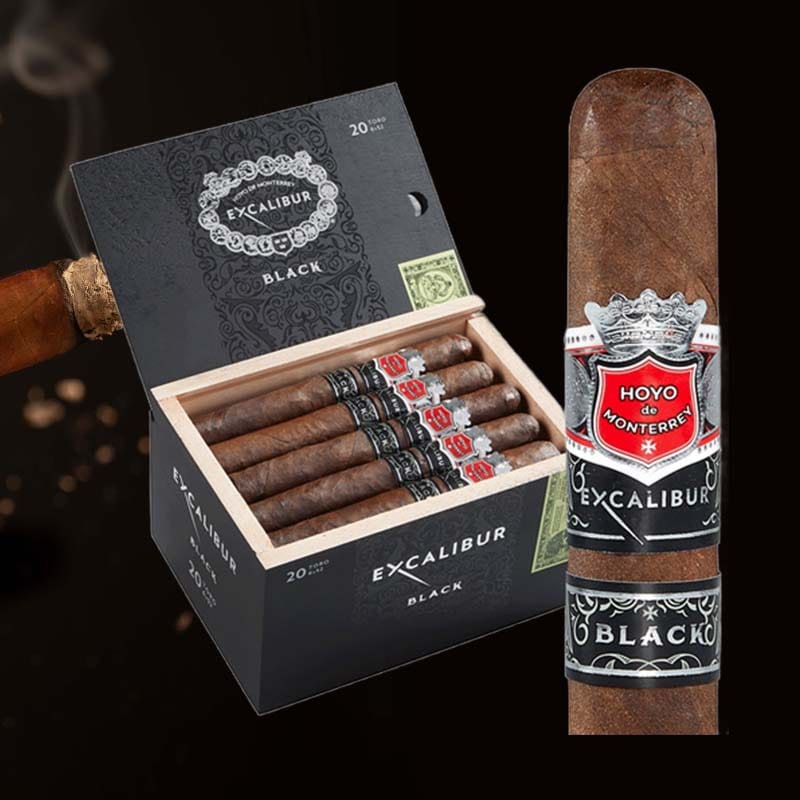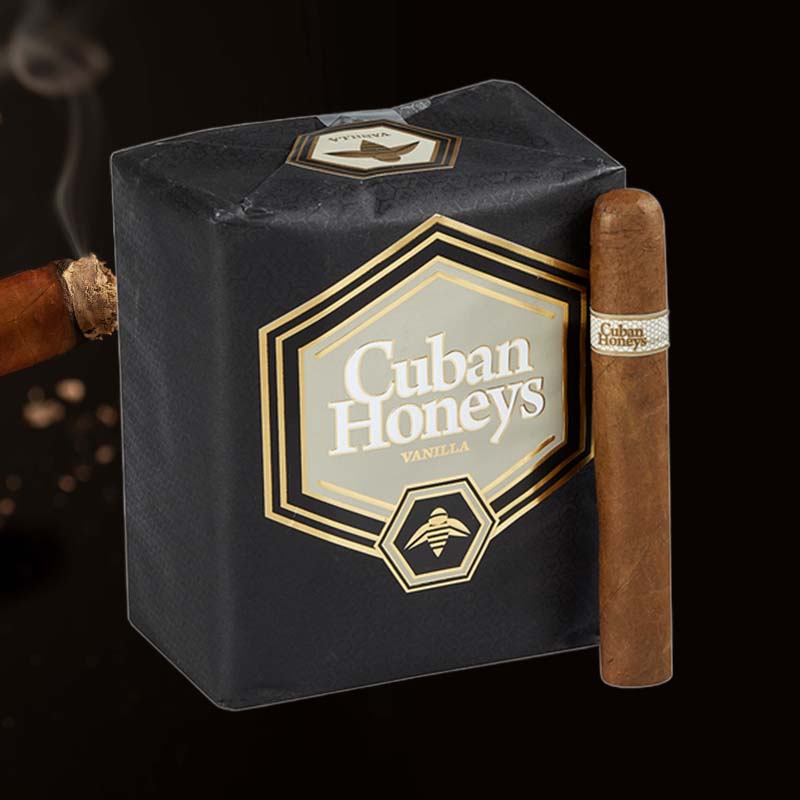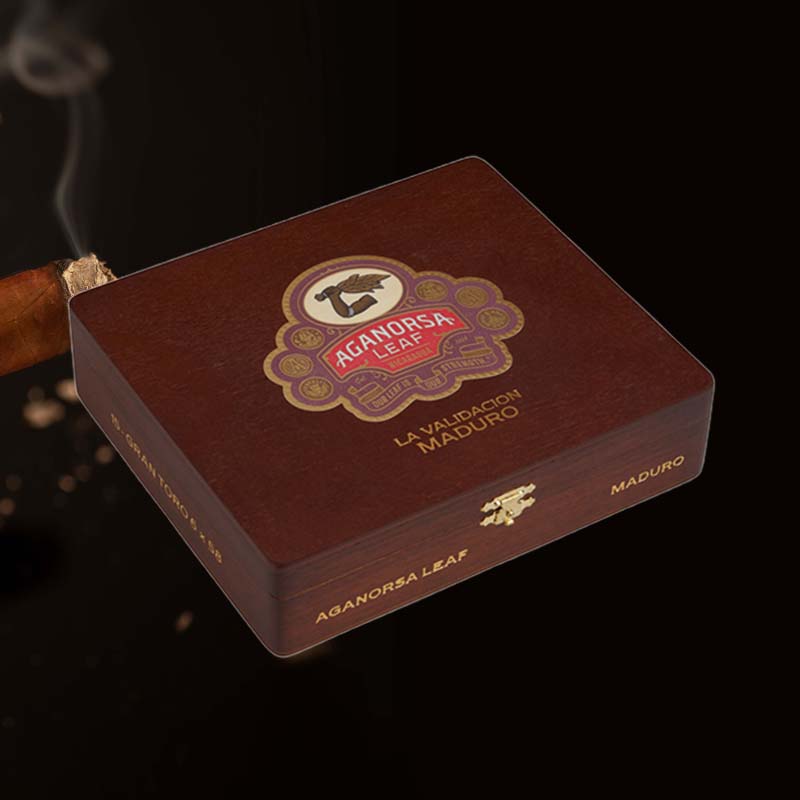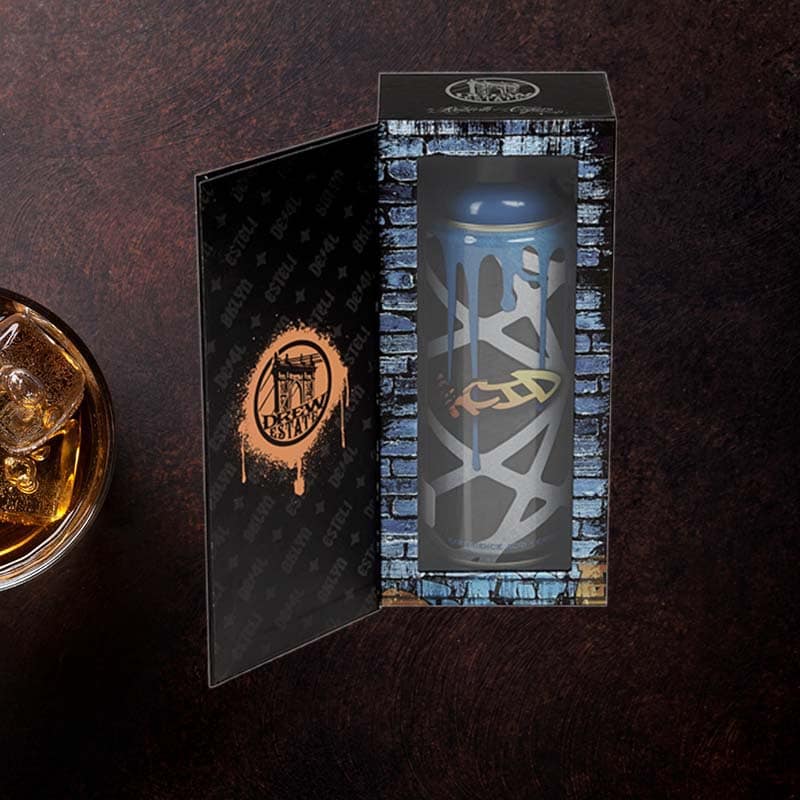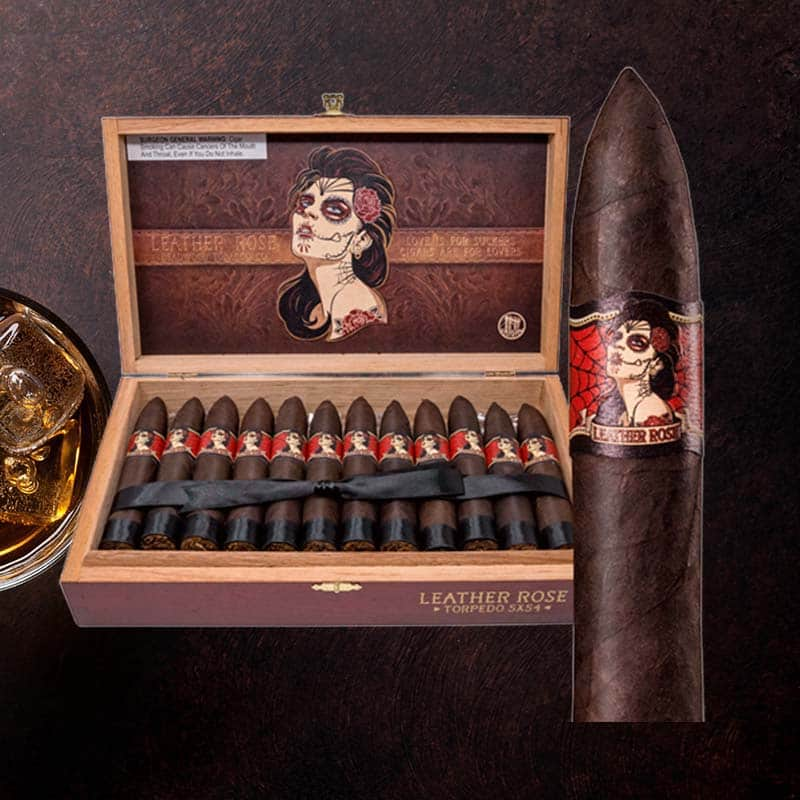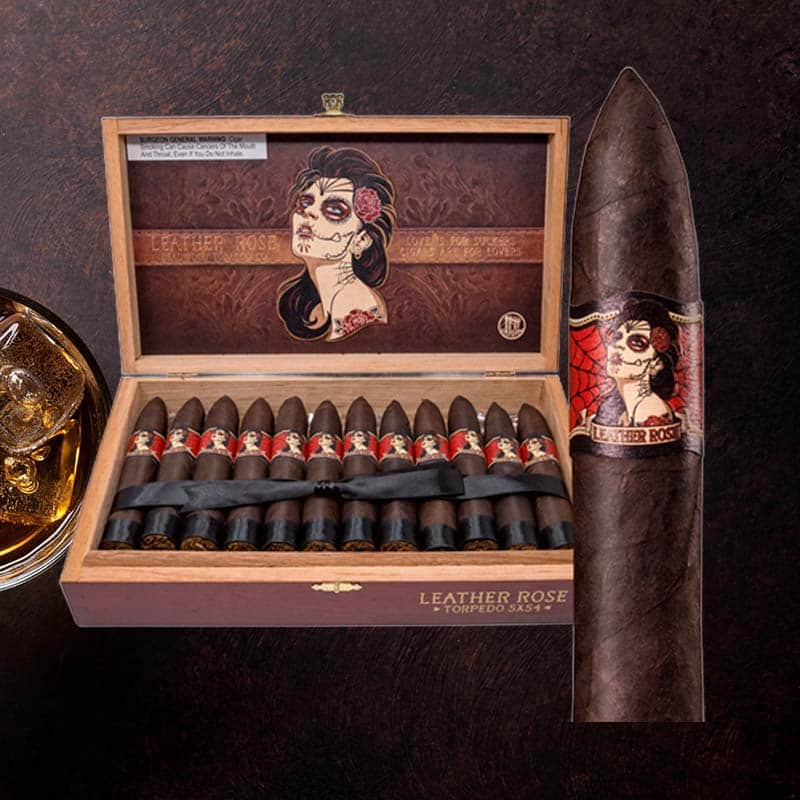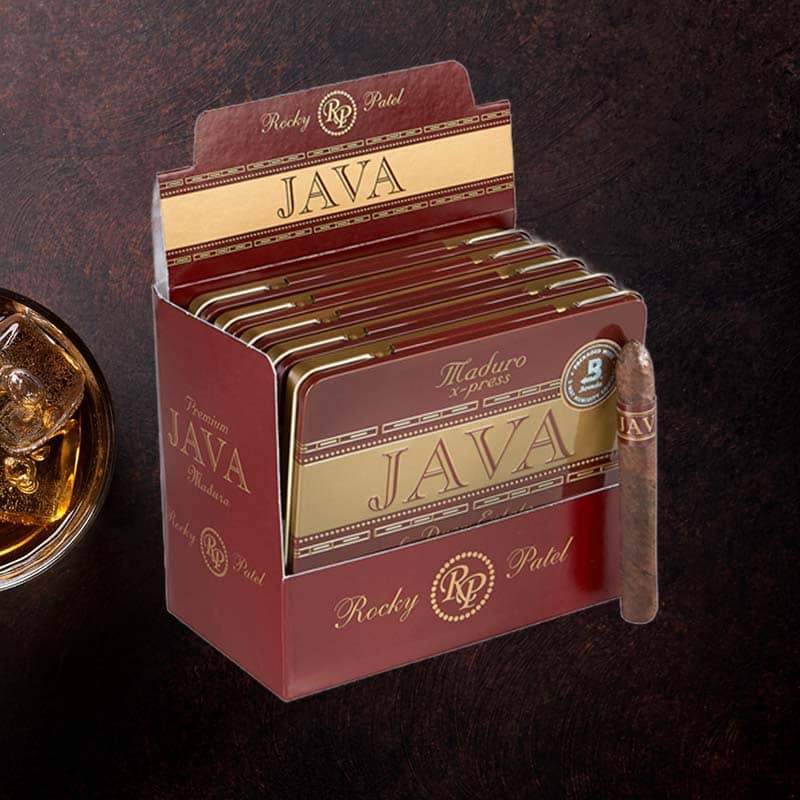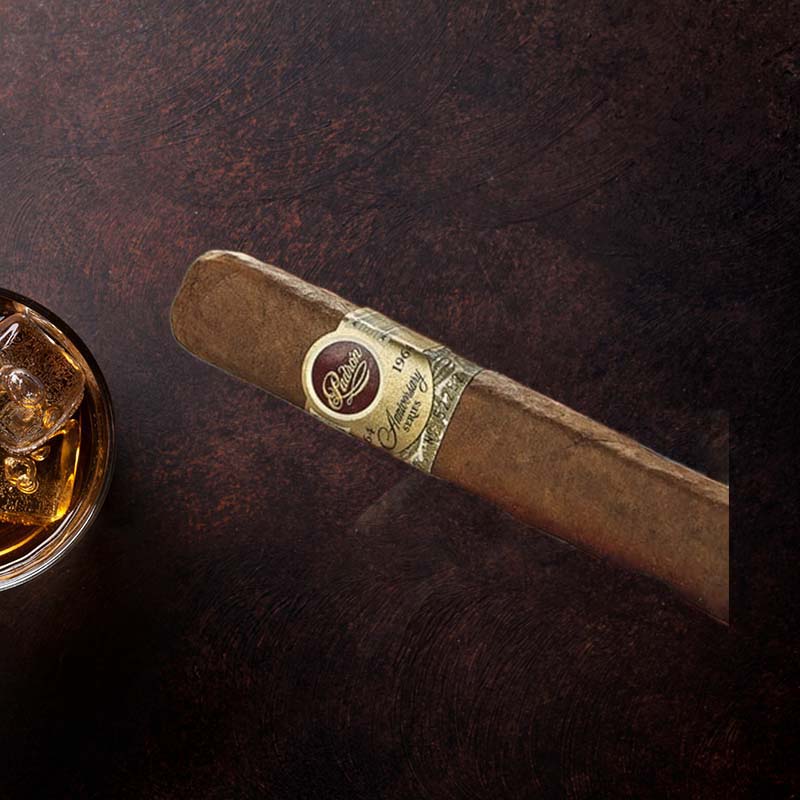Can you use tiki torch fuel to light charcoal
Introduction: Exploring Alternative Fuels for Charcoal
As a passionate grill enthusiast, there’s something almost ceremonial about lighting up charcoal and watching those first flames dance. Yet, sometimes, I find myself in a pinch, wondering about alternative fuels. You might have asked yourself, “Can you use tiki torch fuel to light charcoal?” This question intrigued me, leading to research and a bit of experimentation. Join me on this journey to see if tiki torch fuel can spark your next grilling experience!
Understanding the Basics of Charcoal Lighting
Before diving into tiki torch fuel, it’s invaluable to understand the fundamentals of lighting charcoal. Here’s a quick list of traditional methods:
- Lighter Fluid: A common choice, though it can impart flavors.
- Kerosene: Not recommended due to toxicity.
- Charcoal Chimney: A highly effective and popular method.
- Electric Fire Starter: A safe and easy alternative.
- Natural Fire Starters: Such as kindling or paraffin wax.
Can You Use Tiki Torch Fuel to Light Charcoal?
The question lingers, can tiki torch fuel effectively ignite charcoal? Technically, it can, given that its base, often derived from paraffin or kerosene, is a flammable liquid. However, this leads us to look deeper into its components and consequences.
Analyzing the Components of Tiki Torch Fuel
Tiki torch fuel is primarily composed of:
- Paraffin Oil: This is a common component that burns well.
- Citronella: Often added for its pleasant aroma, but it can affect food as well.
- Kerosene: Less common in all brands but worth noting.
Each of these elements will interact differently with charcoal, from ignition speed to potential flavor transfer—something I considered when planning a barbecue.
Comparative Analysis: Tiki Torch Fuel vs. Traditional Charcoal Starters
Benefits of Using Tiki Torch Fuel
Reflecting on my attempts, I found several benefits to using tiki torch fuel:
- Ease of Use: Pour it directly onto charcoal, similar to lighter fluid.
- Availability: Often found in outdoor sections of stores alongside grilling supplies.
- Long Burn Time: Tiki torch fuel can sustain heat longer than some starters.
Potential Drawbacks of Using Tiki Torch Fuel
On the flip side, I noticed some potential drawbacks, which might make you reconsider:
- Flavor Transfer: The scent or taste of citronella can be unwelcome.
- Flammability: Higher risk if not handled properly.
- Smoke Production: Could lead to excessive smoke during your grilling.
Safety Considerations When Using Tiki Torch Fuel for Charcoal
Flammability and Risk Factors
Safety is non-negotiable in grilling. Tiki torch fuel’s flammability should make anyone cautious. I always recommend using it outdoors, away from flammable structures and materials, and never pouring it on hot coals. Always keep a fire extinguisher nearby—better safe than sorry!
Practical Tips for Lighting Charcoal with Tiki Torch Fuel
Recommended Techniques for Effective Ignition
From my experience, here are practical tips for using tiki torch fuel effectively:
- Arrange charcoal in a pyramidal shape for better airflow.
- Pour tiki torch fuel over the top and let it soak for a few minutes.
- Ignite from a safe distance, allowing for an initial flare.
- Once lit, ensure airflow by adjusting your vents to keep the flame going.
Alternatives to Tiki Torch Fuel for Lighting Charcoal
Common Household Items as Charcoal Starters
While tiki torch fuel is one option, I’ve also had success with various household items that are safe and effective:
- Paper and Cardboard: Crumpled up paper lights quickly.
- Cooking Oil: A small amount can work as a natural accelerant.
- Vegetable Oil-soaked Paper Towels: An eco-friendly alternative.
- Coconut Husks: Great for a more sustainable approach!
Environmental Impact of Using Different Fuels
Evaluating Sustainability of Tiki Torch Fuel
As I explored the environmental aspects, I learned that tiki torch fuel, primarily derived from fossil fuels, raises sustainability concerns. Using it occasionally isn’t detrimental, but regular dependency may not align with eco-friendly practices. Alternatives, like sustainably sourced charcoal or natural chimneys, are conversations worth exploring.
Real User Experiences: Using Tiki Torch Fuel for Grilling
Case Studies and Feedback from Grill Enthusiasts
A few of my fellow grilling enthusiasts shared their experiences. Some enjoyed the ease of lighting without complicated setups, while others complained about the lingering scent on their grilled foods. One noted that keeping an eye on the smoke output helped avoid overwhelming guests with odors. It’s a mixed bag and depends on personal preference!
Conclusion: Is Tiki Torch Fuel a Viable Option for Your Grill?
Summarizing Key Takeaways
In summary, you can use tiki torch fuel to light charcoal, but it comes with benefits and considerations. Always weigh safety and food flavor against convenience. I would recommend experimenting cautiously, making it a small part of your grilling repertoire, and not the primary method. Happy grilling!
FAQ
What can I use to light charcoal instead of lighter fluid?
You can use items like crumpled newspaper, vegetable oil-soaked paper towels, and even dry kindling or natural fire starters.
What fuel do you use for charcoal lighting?
Common choices include lighter fluid, tiki torch fuel, natural starters, or chimney starters that utilize only heat.
Can you use citronella oil for barbecue?
While you can use citronella oil, it may impart a strong flavor to your food that some may find unappealing.
Is it okay to use gas to light charcoal?
Using gas isn’t typically recommended as it can lead to flare-ups. It’s safer to use quieter methods such as a chimney starter.

